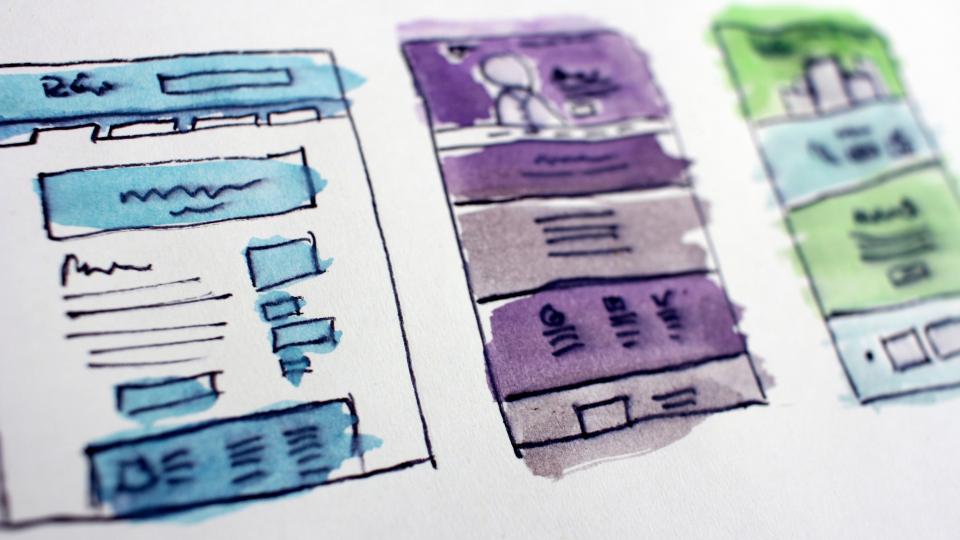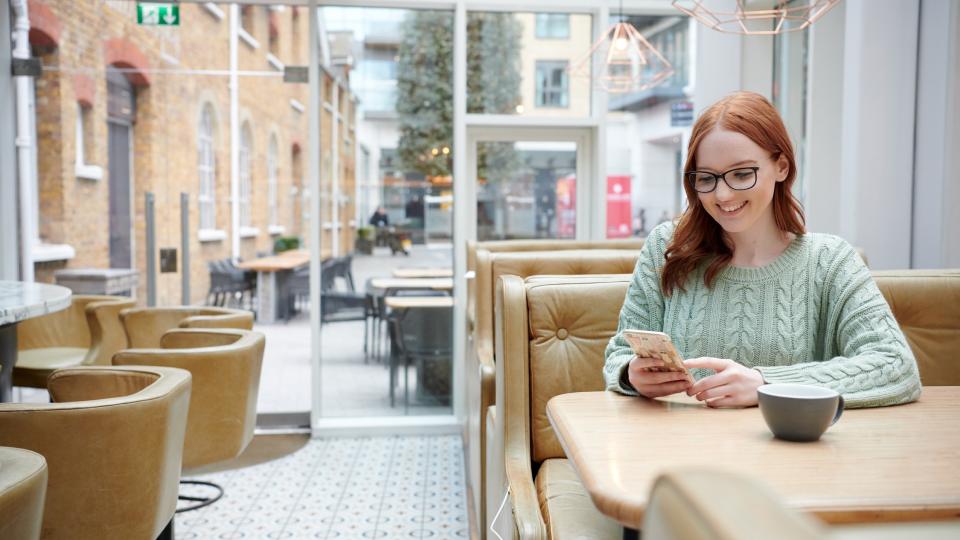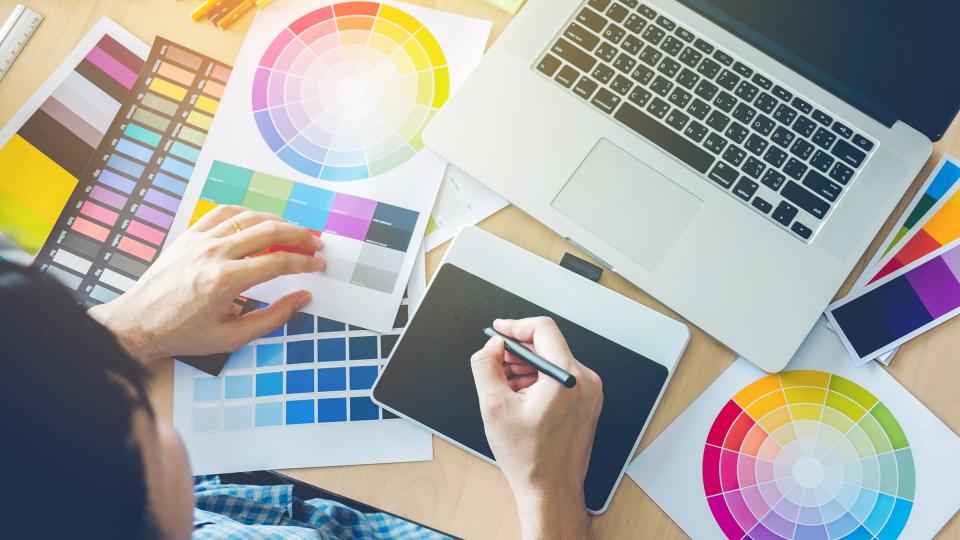
User experience (UX) design
What is UX?
What is user experience (UX) design?
User experience (UX) design is the process of creating products that provide meaningful and relevant experiences to users.
This involves the entire design process of acquiring and integrating the product, including aspects of branding, design, usability and function.
Below are some aspects to consider:
What UX designers do
"User experience design" is often used interchangeably with terms such as "user interface design" and "usability".
However, while usability and user interface design are important aspects of UX design, they are subsets of it – UX design covers a vast array of other areas, too.
A UX designer is concerned with the entire process of acquiring and integrating a product, including aspects of branding, design, usability and function. It is a story that begins before the device is even in the user's hands.
You can read and watch more about UX design from the person who coined the term.
No product is an island. A product is more than the product. It is a cohesive, integrated set of experiences. Think through all of the stages of a product or service – from initial intentions through final reflections, from first usage to help, service, and maintenance. Make them all work together seamlessly.
Great user experience
User experience
Products that provide great user experience (eg the smartphone) are designed with not only the product's consumption or use in mind but also the entire process of acquiring, owning and even troubleshooting it.
Similarly, UX designers don't just focus on creating products that are usable; they concentrate on other aspects of the user experience, such as pleasure, efficiency and fun too.
As a result there is no single definition of a good user experience. Instead, a good user experience is one that meets a particular user's needs in the specific context where he or she uses the product.
Areas to consider
Since UX design encompasses the entire user journey, it's a multidisciplinary field – UX designers come from a variety of backgrounds such as visual design, programming, psychology and interaction design.
Designing for a variety of users can pose accessibility demands and designers have to accommodate many potential users' physical limitations, such as reading small text.
A UX designer's typical tasks vary, but often include user research, creating personas, designing wireframes and interactive prototype as well as testing designs.
Tasks vary greatly from one company to the next, but companies always demand designers to be the users' advocate and keep the users' needs at the centre of all design and development efforts.
That's also why most UX designers work in some form of user's advocate and keep the user's needs at the centre of all design and development efforts. It becomes a user-centred work process, and helps UX designers channel their best-informed efforts to address all of the relevant issues and user needs optimally.
About us
This information is brought to you by the Westmont Enterprise Hub, an incubator for ideas and startups at the University of West London.
We regularly host events with a focus on business, innovation and networking that are open to the business community.











